I am going to write my views on this magnificent lens without going overboard as to its quality, both in build and image quality – believe me it won’t be easy! The much anticipated FUJI 100-400mm f4.5-5.6 R LM OIS WR is actually more than I expected in many ways … so on to some observations and results!
FIRST IMPRESSIONS
I know it’s not probably good to give the “Bottom Line” early in an article, but, the “Bottom Line” here is that the FUJI 100-400mm f4.5-5.6 R LM OIS WR lens is right up there as with the 50-140mm F2.8 R LM OIS WR, and that’s saying something. This new ultra-zoom combines a really impressive construction quality with some outstanding optics; the 100-400mm f/4.5-5.6 OIS WR zoom lens, along with the Fuji crop sensor will give the same angle of view as 150-600mm on a full frame camera.
Below are two images. The first is with the lens at 100MM and the second at 400MM.
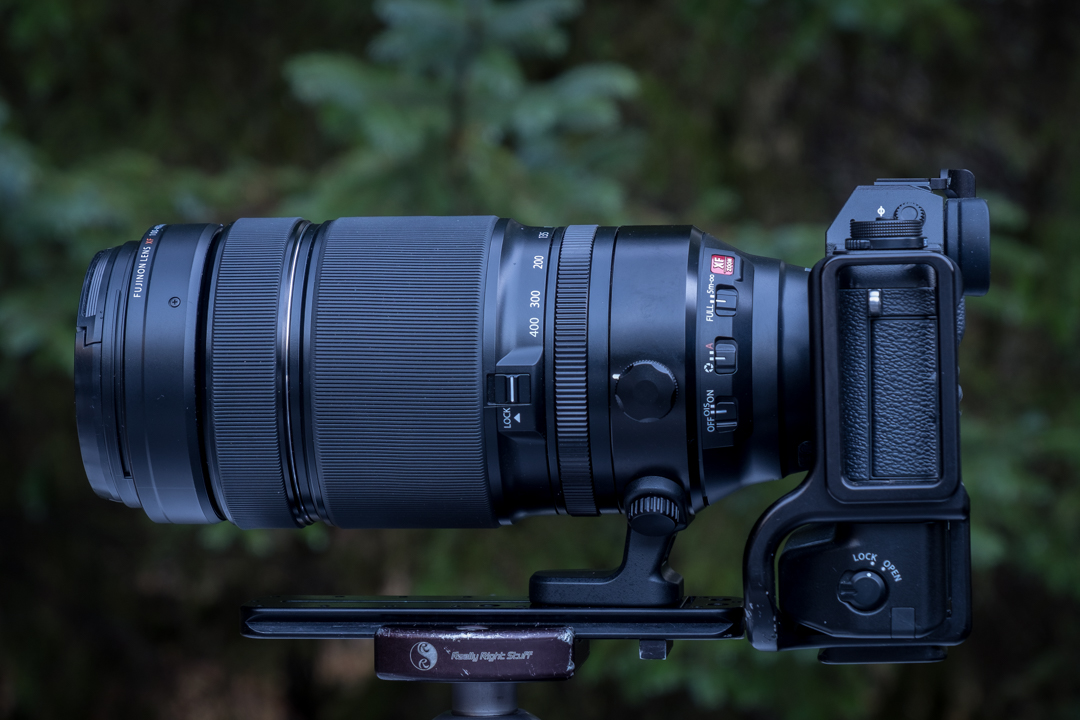 When I unboxed this lens I was quite surprised by the size and weight – frankly, I was expecting a much heavier lens.
When I unboxed this lens I was quite surprised by the size and weight – frankly, I was expecting a much heavier lens.
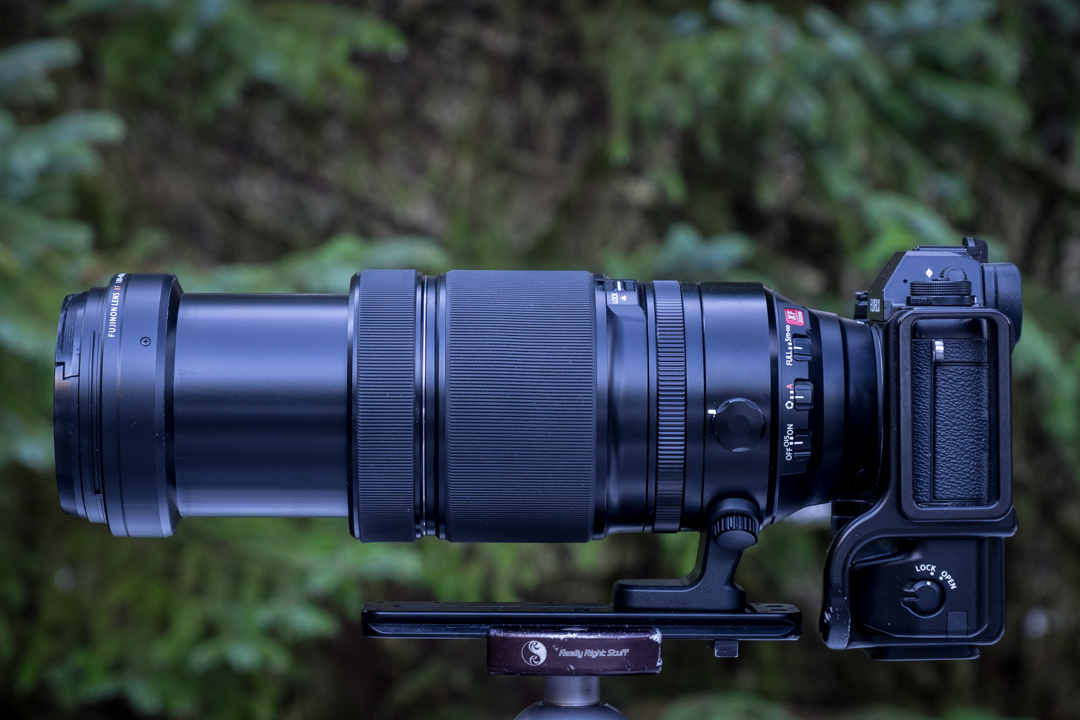 Placed inside the new FUJI 100-400MM lens is an astounding 21 elements in 14 groups (including 6 low dispersion elements and 1 extra low dispersion element.)
Placed inside the new FUJI 100-400MM lens is an astounding 21 elements in 14 groups (including 6 low dispersion elements and 1 extra low dispersion element.)
Comparable sizes and weights:
FUJI 50-140mm F2.8 –1093 grams, 6.9” Length
FUJI 100-400mm F 4.5 -5.6 — 1375 grams, 11.4 x 7.7 x 5.2″ Length
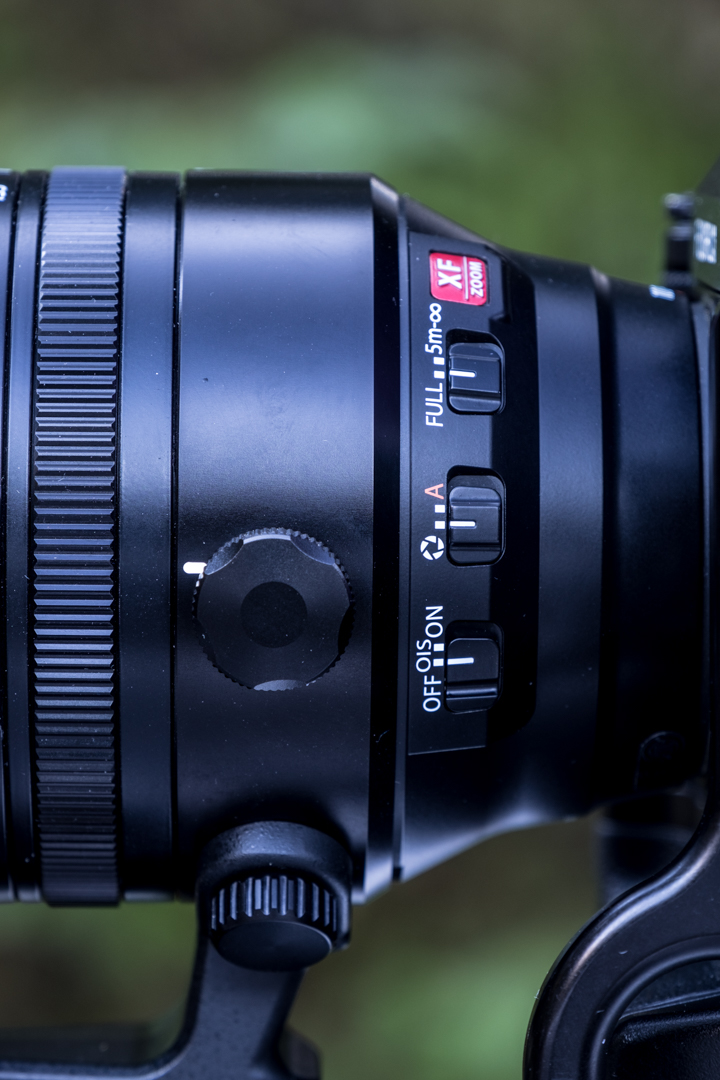
The body of the lens contains the same aperture and OIS controls as the 50-140. There’s also a focus range selector. When in restricted mode the autofocus is somewhat faster when focusing on subjects more than 5 meters away.
FULL= 5M TO INFINITY RESTRICTED= 5M TO INFINITY
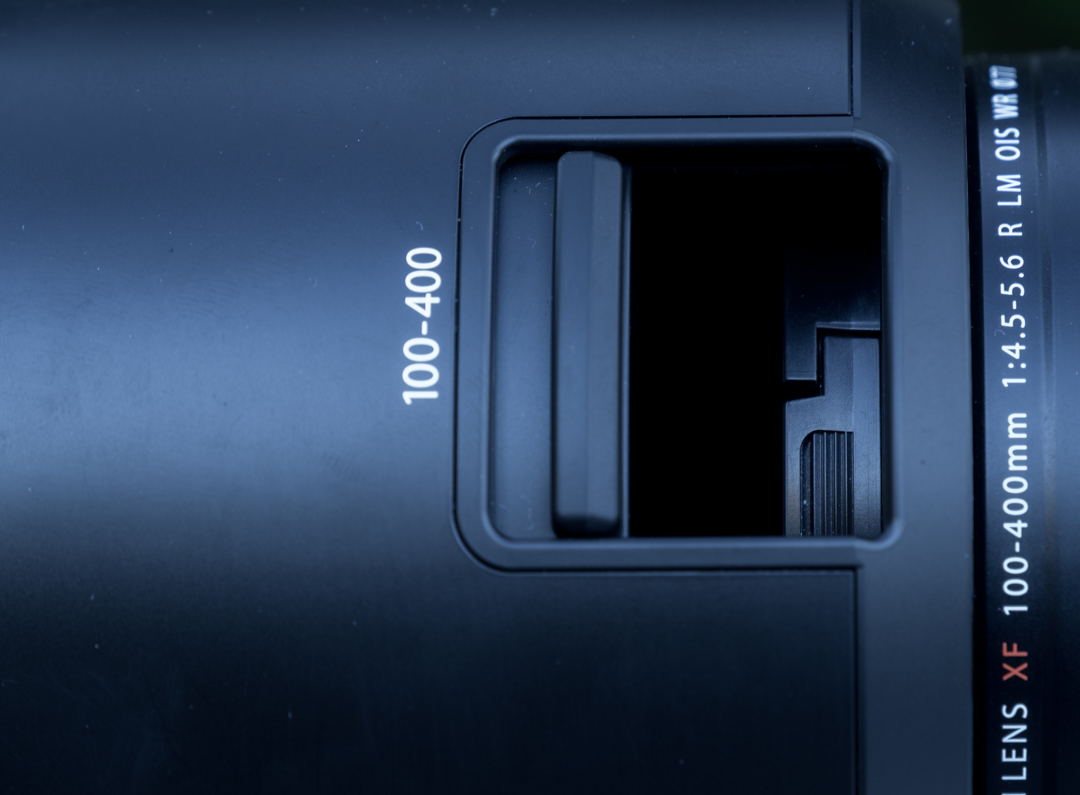 The lens comes with a sturdy collar mount, front and rear caps, a dedicated lens hood and Fuji’s cloth wrapping. As with the lens hood that comes with the 50-140mm, the hood for the new 100-400mm has an opening where you can adjust your polarizer rather than having to stick your hand deep into the hood. Leave it to Fuji to improve even the lens hood! The lens hood on the 100-400mm slides back and forth whereas the one on the 50-140mm has to be removed and can be lost. Little things like this is why I am a Fuji shooter. If they do this to a lens hood, you know they’re thinking the same way when developing cameras and lenses.
The lens comes with a sturdy collar mount, front and rear caps, a dedicated lens hood and Fuji’s cloth wrapping. As with the lens hood that comes with the 50-140mm, the hood for the new 100-400mm has an opening where you can adjust your polarizer rather than having to stick your hand deep into the hood. Leave it to Fuji to improve even the lens hood! The lens hood on the 100-400mm slides back and forth whereas the one on the 50-140mm has to be removed and can be lost. Little things like this is why I am a Fuji shooter. If they do this to a lens hood, you know they’re thinking the same way when developing cameras and lenses.
Even more surprising is that the lens takes 77mm filters. If memory serves me right, the rumor was the filter size was supposed to be 82. This in and of itself was worth the wait for me. Now I can use my 77mm filters on this lens along with my 16-55mm. I love shooting long exposure and use the Singh Ray Mor Slo ND’s which I own at 77mm – even more reason the 77mm thread size made me really happy.
The lens is also both water and dust resistant and can operate in temperatures as low as -10°C, so it’s suitable for use in a wide range of outdoor shooting conditions. A fluorine coating has also been applied to the front lens element to repel water and dirt, further improving the toughness of the lens. The lens features 13 water and dust resistant seals at 12 points, allowing you to shoot with confidence in tough outdoor environments.
I made some images with the Canon 500 D Diopter, which kind of turns this into a macro lens … again very impressive!

(Above) Without the Canon 500D diopter
F22. 421mm (in 35mm film) 1/20 sec, f/5.2

(Above) With Canon 500D diopters
F 22. 579mm (in 35mm film) 0.7 sec, f/16
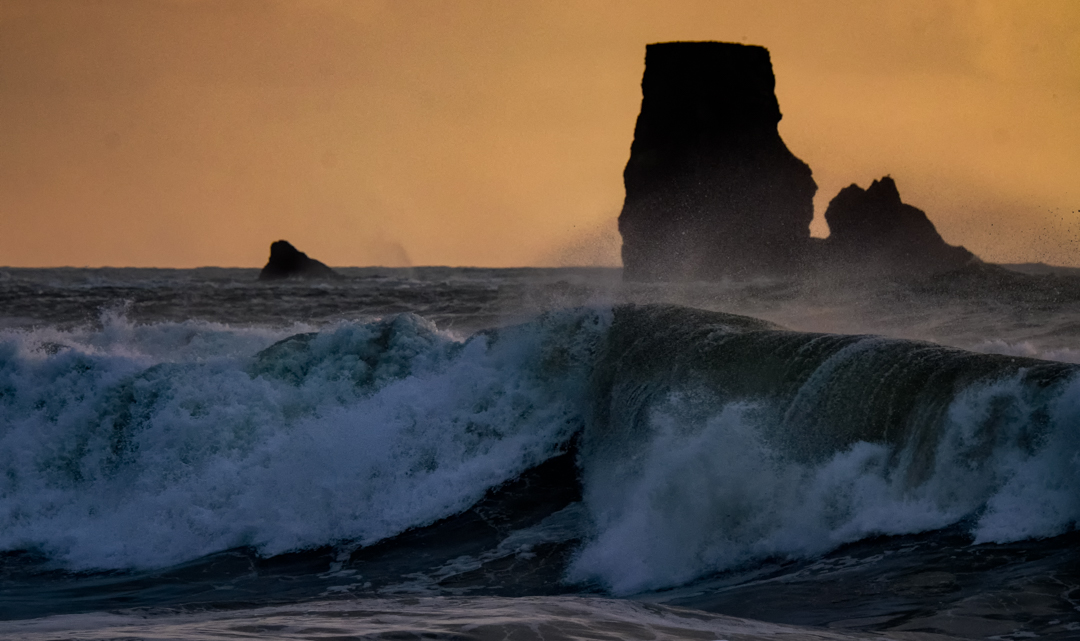
(Above) I made this image hand held with the OIS on, 1600 ISO …. 1/480 sec at F11 … fully extended to 600mm (in 35mm film)
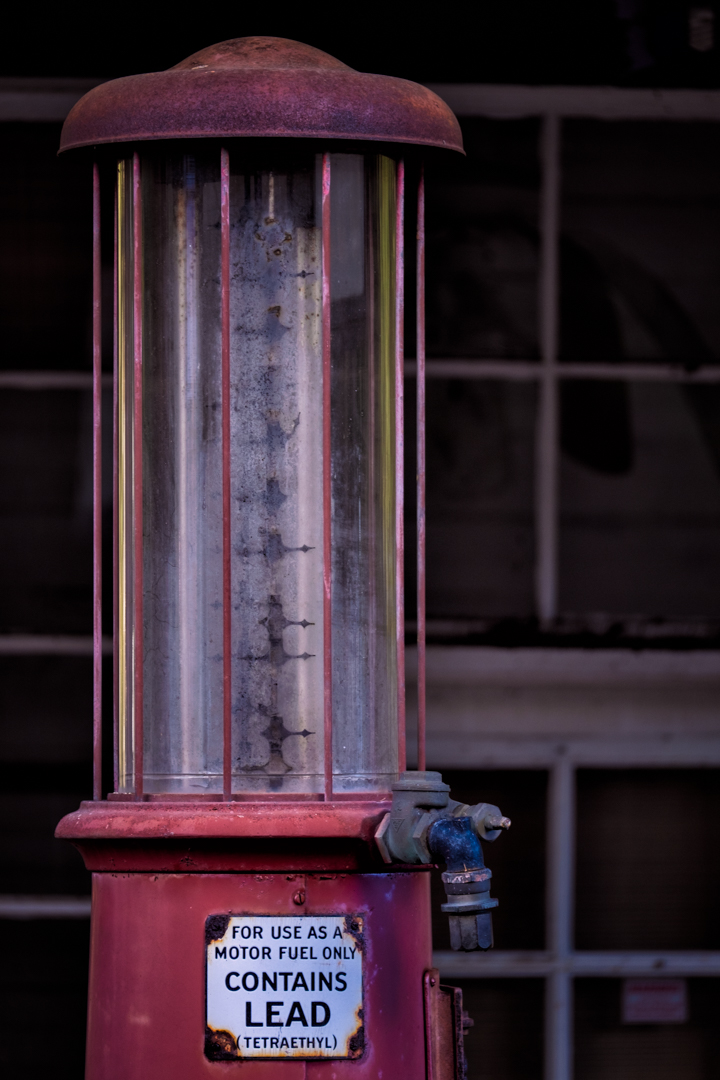
(Above) 421mm (in 35mm film) 1/20 sec, f/5.2
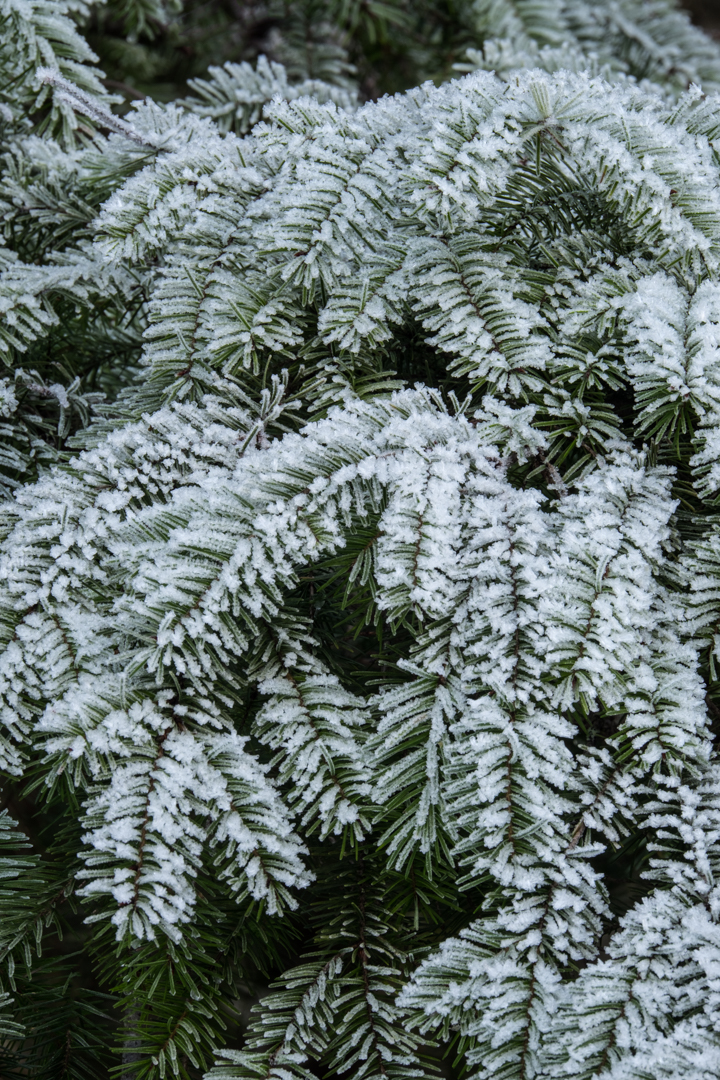
(Above) 579mm (in 35mm film) 0.7 sec, f/16
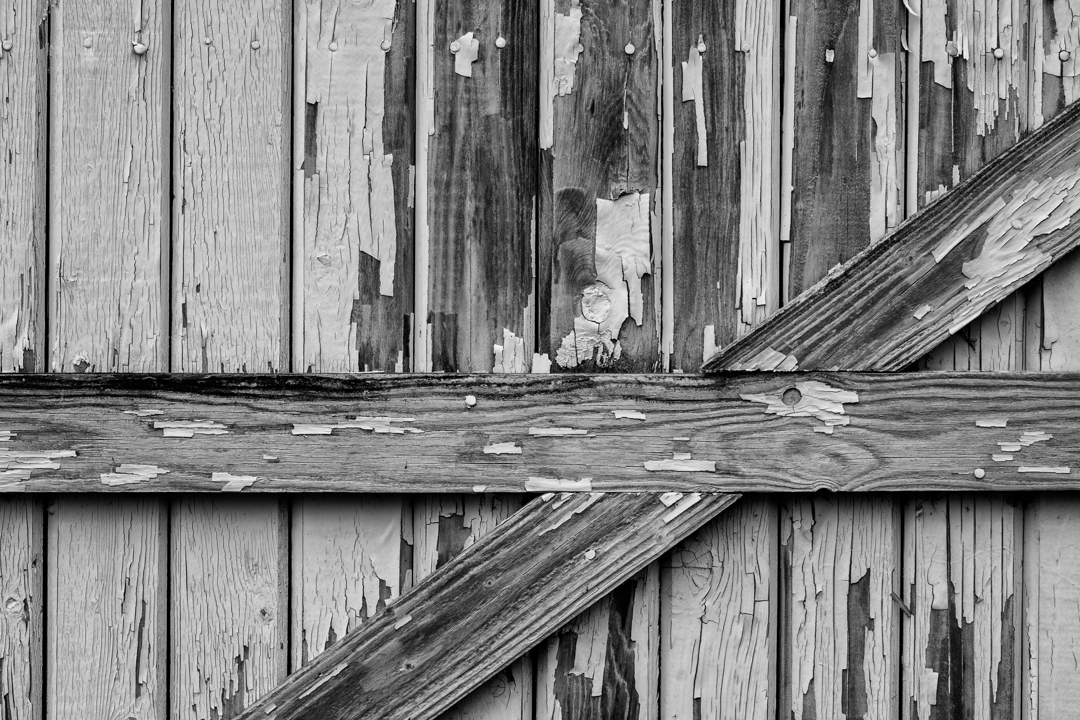
(Above) 378mm (in 35mm film) 1/12 sec, f/16
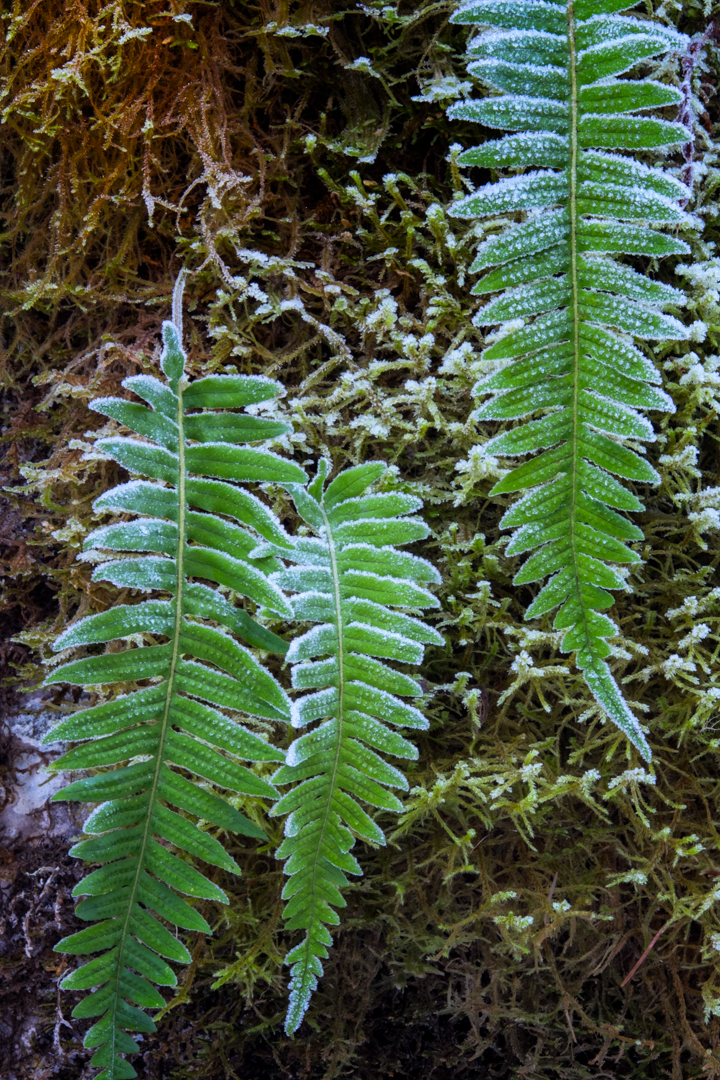
(Above) 579mm (in 35mm film) 2.6 sec, f/22
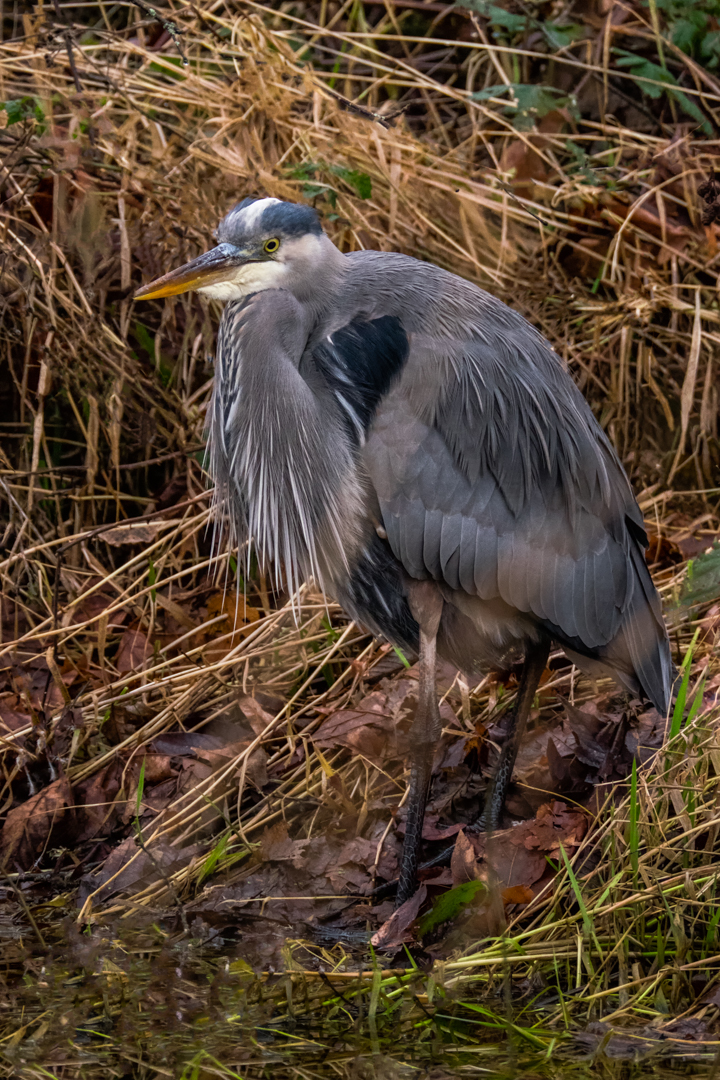
(Above) 764mm (in 35mm film—using the Fuji 1.4 teleconverter) 1/400 sec, f/8
BUILD QUALITY
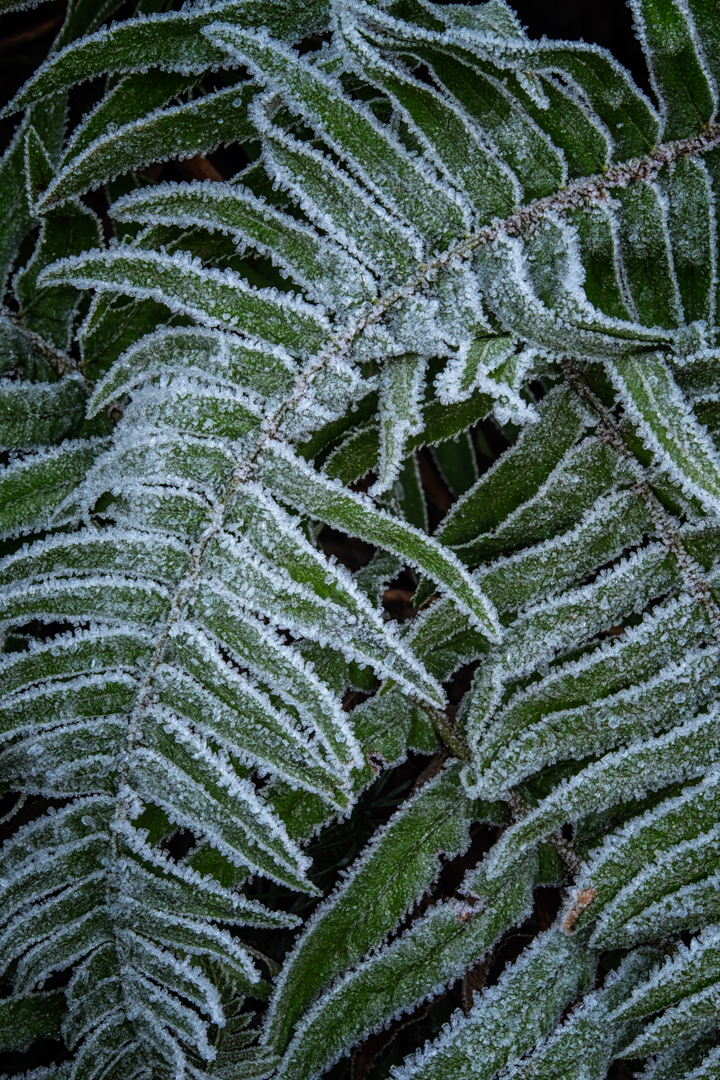 True to form, the folks at Fuji design have really outdone themselves on this lens. The 100-400mm is constructed every bit as well as the 50-150. It is weather resistant (sealed) which is important to me living in the Pacific Northwest and recently spending a good amount of time in Iceland and Norway. The aperture ring has that feeling of quality when I click it.
True to form, the folks at Fuji design have really outdone themselves on this lens. The 100-400mm is constructed every bit as well as the 50-150. It is weather resistant (sealed) which is important to me living in the Pacific Northwest and recently spending a good amount of time in Iceland and Norway. The aperture ring has that feeling of quality when I click it.
The zoom ring is the larger of the two rings placed above the focusing ring. Both are just loose enough to allow for exact zooming and critical focusing. There is even a lock to keep the lens in the 100mm position if you want to secure it for travel.
The tripod collar is just a bit different than that of the 50-140. I happen to like this (lower profile) design a bit more.
(Above right) 600mm (in 35mm film) 1 sec, f/16
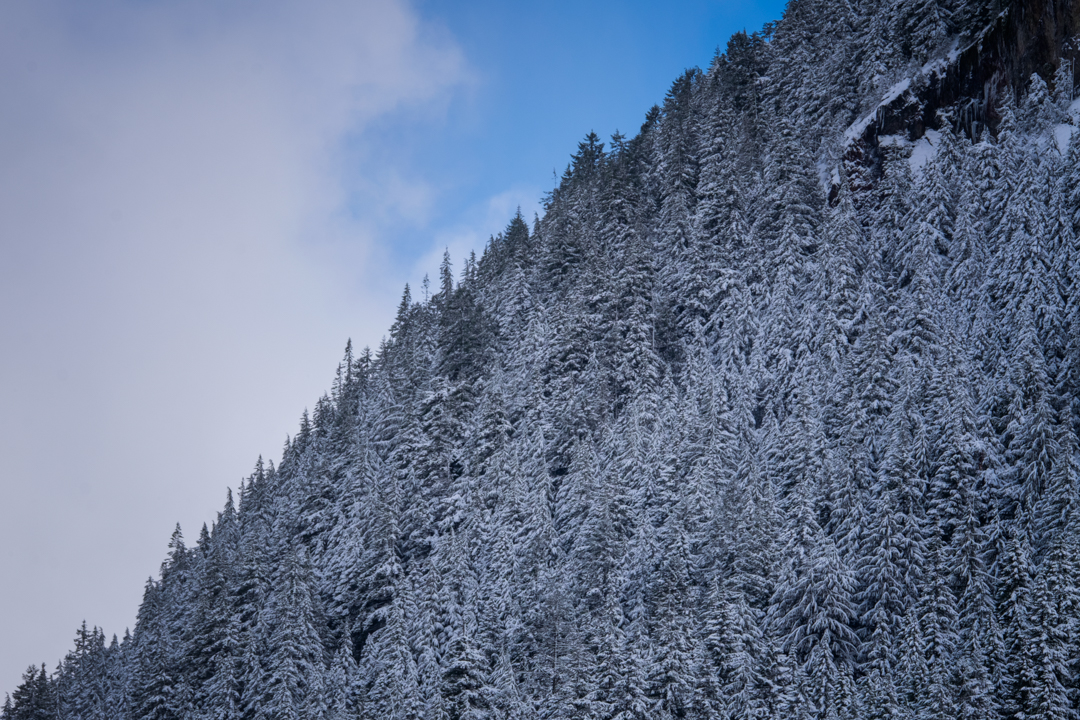
(Above) 365mm (in 35mm film) 1/30 sec, f/16
FIELD USE
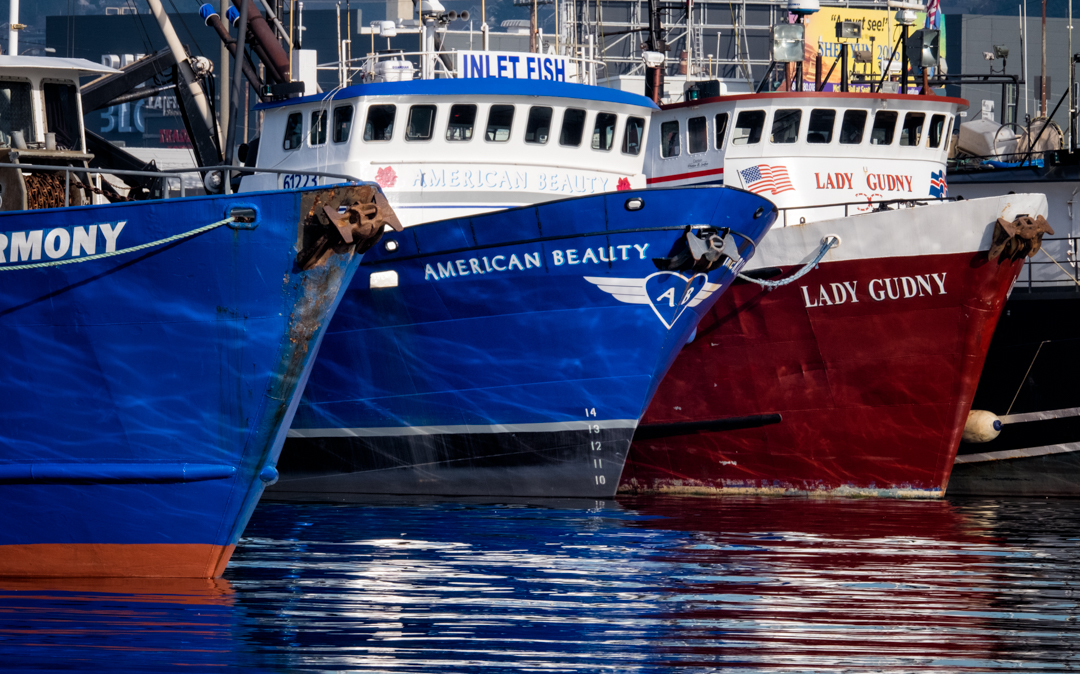 As I mentioned, I was expecting a somewhat bigger lens and was pleasantly surprised to see and feel the quality construction, size and weight. It is certainly no more difficult to manage than any of the current 70-200mm lenses. I use a Really Right Stuff tripod along with the RSS BH 55 ball head. I also use the Fuji MHG-XT grip on my Fuji X-T1 camera. The tripod collar is really a benefit in stabilizing the lens as well as allowing the weight of the lens to pull down on the camera when mounted on the tripod. Fuji XT-1. I found myself cradling the camera and lens like a baby before mounting it on the tripod!
As I mentioned, I was expecting a somewhat bigger lens and was pleasantly surprised to see and feel the quality construction, size and weight. It is certainly no more difficult to manage than any of the current 70-200mm lenses. I use a Really Right Stuff tripod along with the RSS BH 55 ball head. I also use the Fuji MHG-XT grip on my Fuji X-T1 camera. The tripod collar is really a benefit in stabilizing the lens as well as allowing the weight of the lens to pull down on the camera when mounted on the tripod. Fuji XT-1. I found myself cradling the camera and lens like a baby before mounting it on the tripod!
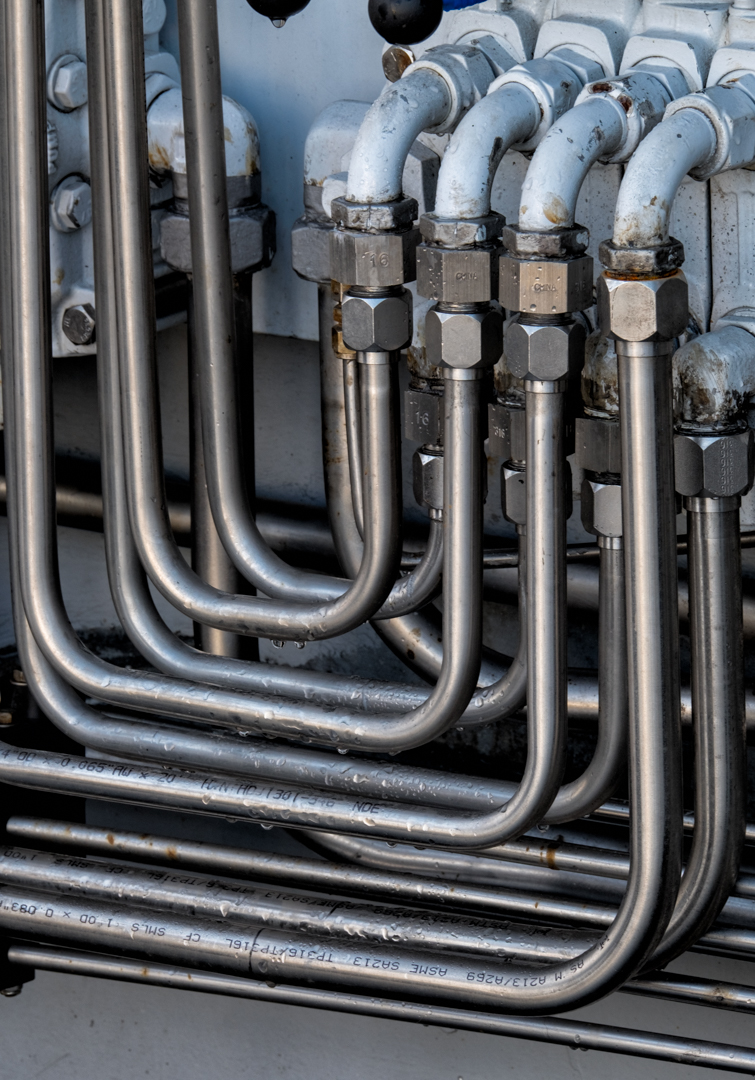 I shot this lens out past 150-200mm most of the time. This maybe because I had been used to the 50 -140mm when shooting in that 100-150mm range.
I shot this lens out past 150-200mm most of the time. This maybe because I had been used to the 50 -140mm when shooting in that 100-150mm range.
What separates one zoom lens from another? To me it’s the ability to move in close, closer and then even closer while maintaining sharpness. The Fuji 100-400mm truly exceeded my expectations in this department. Again, I was pleased on the tightness of the focus ring. It was just right for me. No focus creeping here!
I shot subjects using the manual focus system along with the auto focus tracking system. Both performed equally as well as the Fuji 50-140mm. I was very impressed by the sensitivity and accuracy of the manual focus system even out beyond 400 mm.
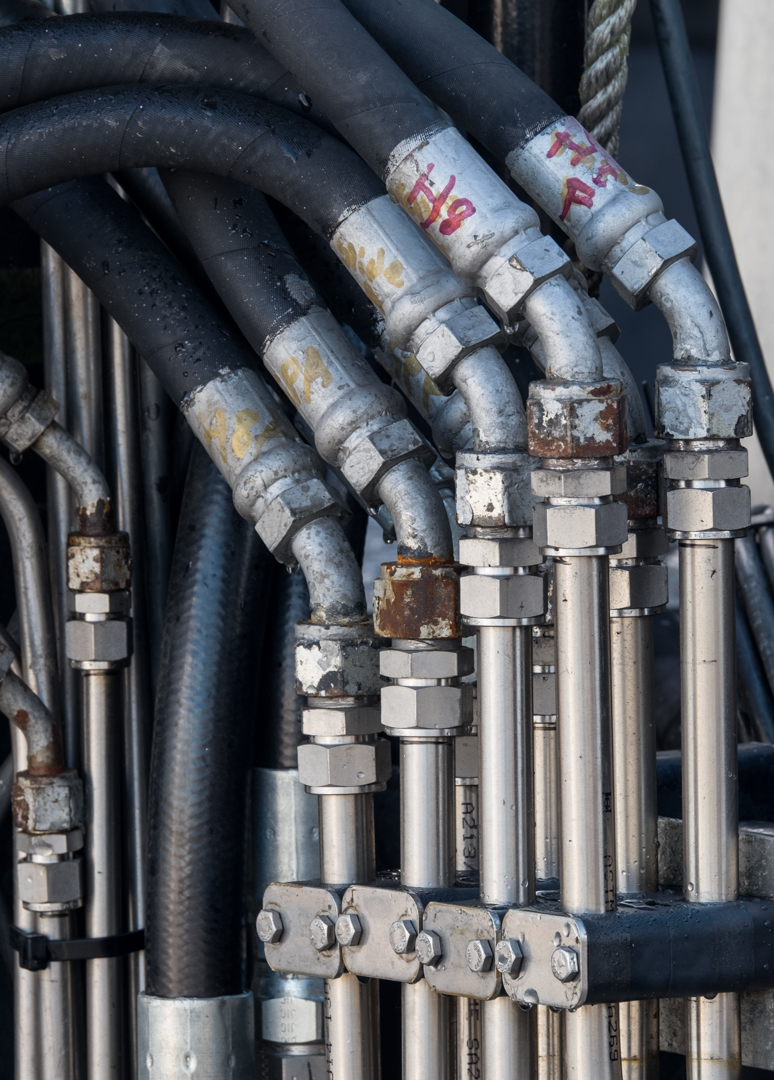
(Above) 452mm (in 35mm film) 1/8 sec, f/11 . 468mm (in 35mm film) 1/5 sec, f/11
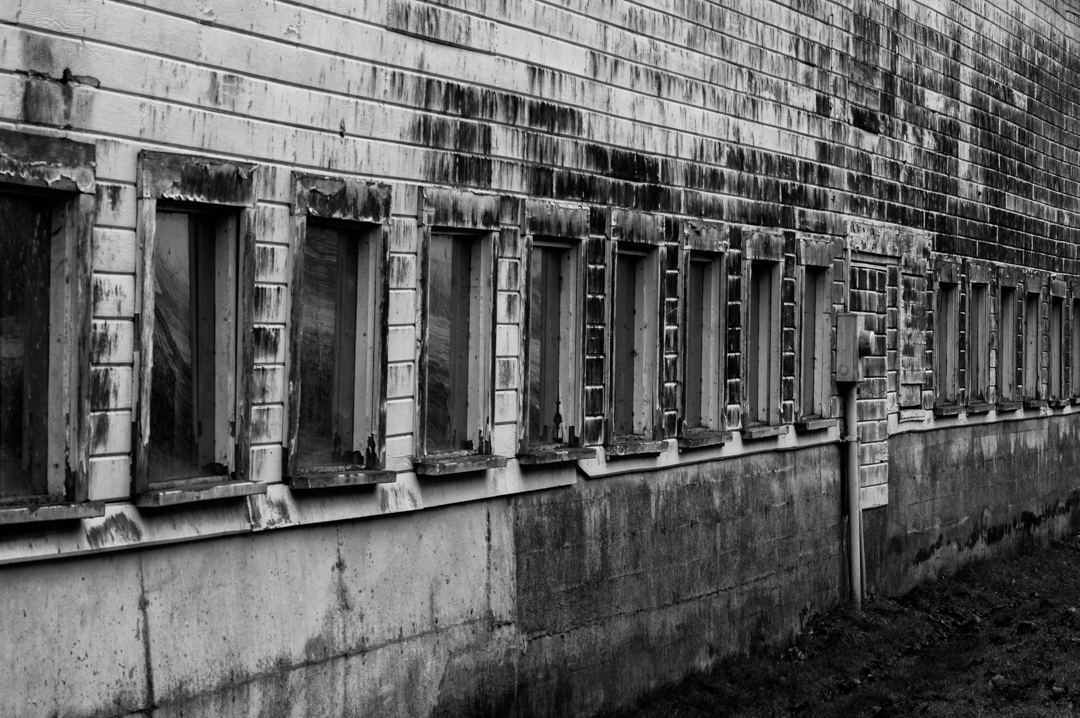
(Above) 150mm (in 35mm film) 1/15 sec, f/16
I can honestly say that this lens is as sharp as the 50-140mm F2.8 at comparable focal ranges. I made many images stopping down at long focal lengths to obtain max sharpness with great success.
I am not a sports or action shooter but I did take some images of moving things. The autofocus was as expected based on Fuji’s prior lenses and it updates the auto tracking system on my X-T1.
Winter is not prime time for wildlife here in the Pacific Northwest but I did manage to get in on some bald eagles and a great blue heron. For these opportunities I combined the 100-400 with the Fuji 1.4 teleconverter. At 400mm, along with the teleconverter I was out equal to 840mm (600mm x 1.4)!
I experimented with some close-up images both with and without the teleconverter. Again the lens performed better than I thought it would. Images were very sharp and well defined even on the edges. The first two images below did not use a teleconverter. What detail!
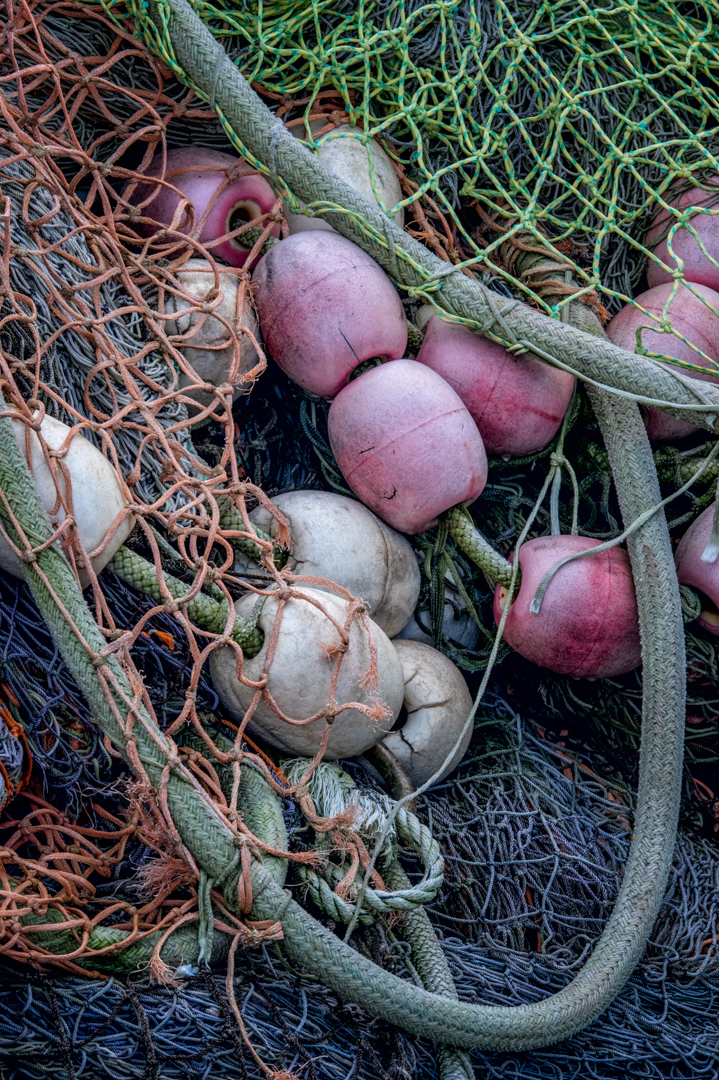
(Above) 352mm (in 35mm film) 1/5 sec, f/16
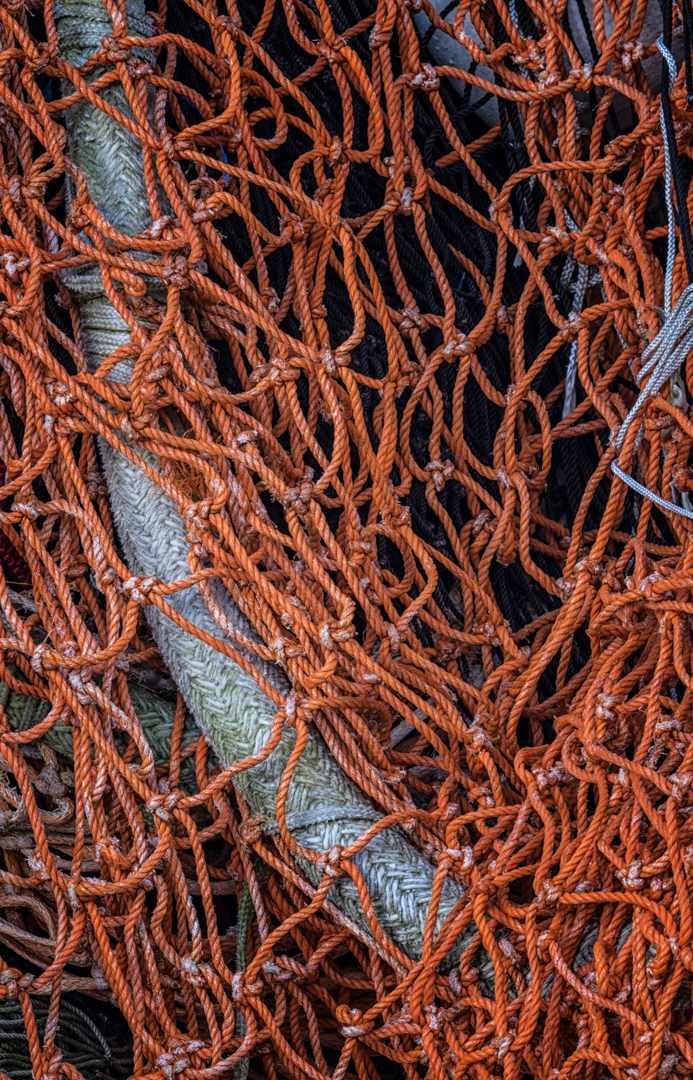
(Above) 295mm (in 35mm film) 1/5 sec, f/16
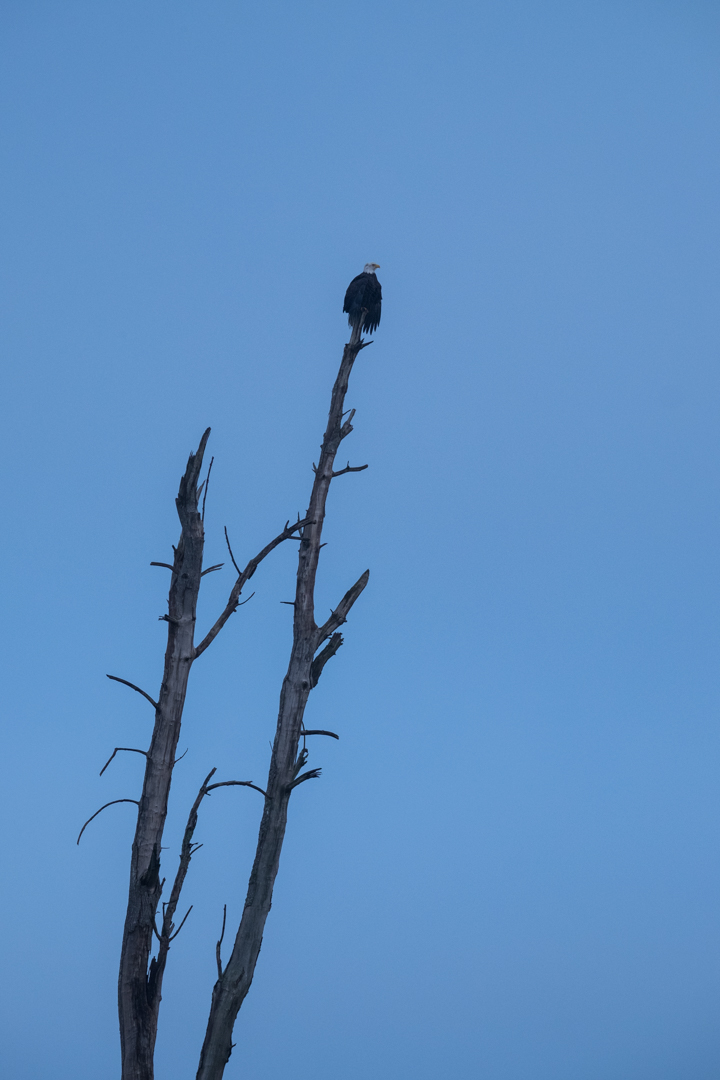
(Above) No teleconverter – 275mm (in 35mm film) 1/900 sec, f/8
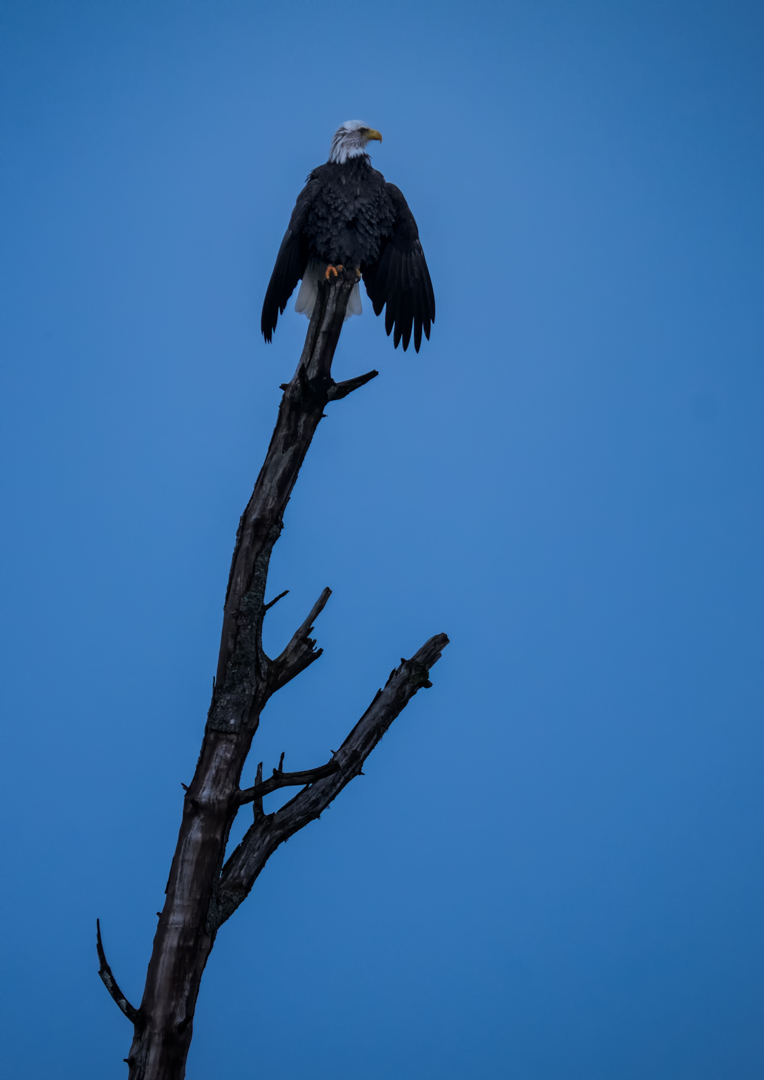
(Above) With teleconverter – 800mm (in 35mm film) 1/1000 sec, f/7.7
RANDOM THOUGHTS
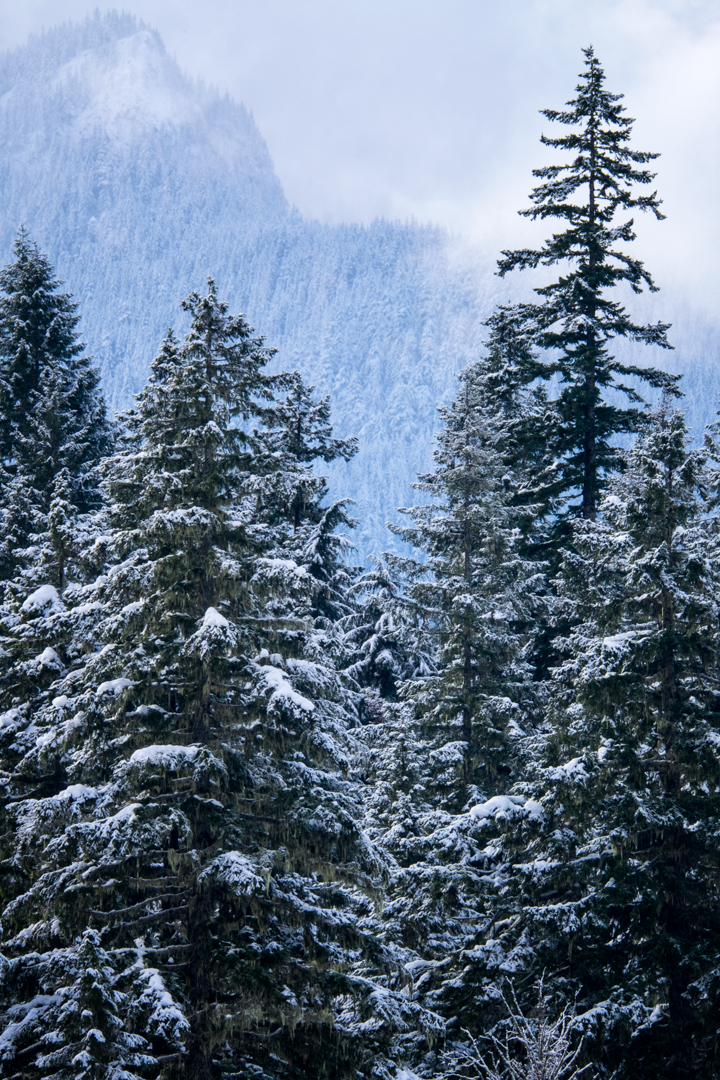 Why not make a 400mm 2.8? Yes, I am sure some folks will ask for that lens, perhaps believing that this one is too slow. Believe me, Fuji could produce this as well. It would be much bigger and way more costly. Using the Fuji “X” camera system and having the benefits of low noise at high ISO’s make this lens just fine for me, thank you. It’s just the right size and fits in my camera bag just great.
Why not make a 400mm 2.8? Yes, I am sure some folks will ask for that lens, perhaps believing that this one is too slow. Believe me, Fuji could produce this as well. It would be much bigger and way more costly. Using the Fuji “X” camera system and having the benefits of low noise at high ISO’s make this lens just fine for me, thank you. It’s just the right size and fits in my camera bag just great.
(Above-Right) 600mm (in 35mm film) 1/18 sec, f/16
The new Fuji 100-400 F 4.5 5.6 OIS WR will be priced very aggressively. As of today you CAN buy the Nikon 500mm F4 FL ED VR lens (weighs about 7 pounds) at B & H for … $ 10,295.95. I challenge anyone to justify the price difference!
We Fuji “X” photographers are quite spoiled by having some great glass to choose from. This year, I bought the 90mm 2.0. What a lens! The 50-140mm and 16-55 are truly amazing. Now this 100-400. In my pack I can now shoot from 15mm to 840mm with the best quality available. Thank you Fuji Film!
Conclusions: Fuji XF 50-140mm f/2.8 R LM OIS WR Lens
Here is where we usually do our pros and cons. Frankly, I have no cons. Here are the quick points on what makes this lens a must have for me:
- Amazing weather sealed construction and solid build. Much smaller in size and weight than I expected
- Fast autofocus speed when mounted on the X-T1
- Includes well-constructed tripod collar which stabilizes the weight when on my tripod
- Solid, just right feeling zoom and focusing rings
- Great OIS control when hand holding
- 77MM filters
- Very impressive image quality when using the teleconverter
- Superb close-up performance
- Priced so it won’t break the bank
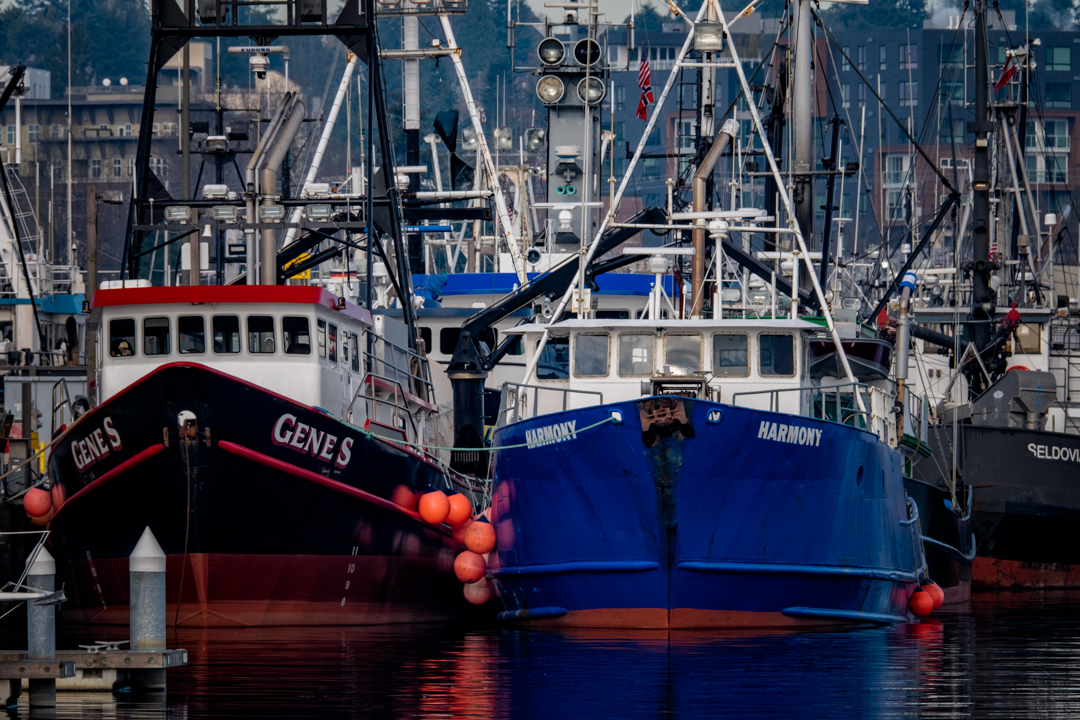
(Above) 485mm (in 35mm film) 1/40 sec, f/11
MORE IMAGES

150mm (in 35mm film)

300mm (in 35mm film)

150mm (in 35mm film)

300mm (in 35mm film)
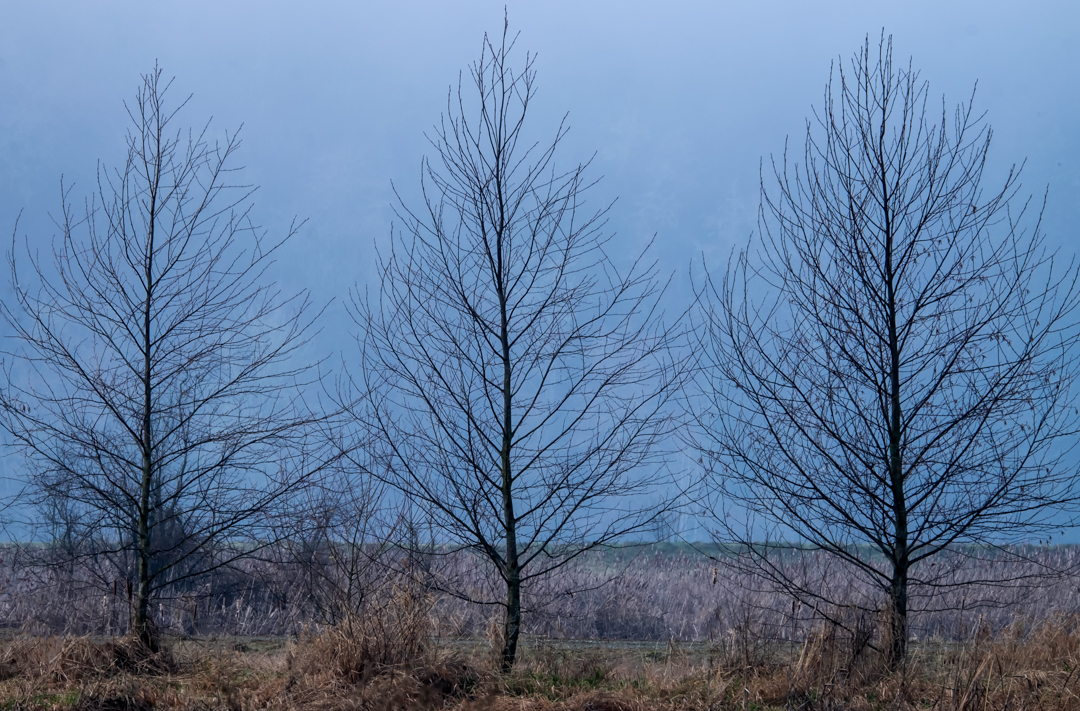
539mm (in 35mm film) 1/30 sec, f/16
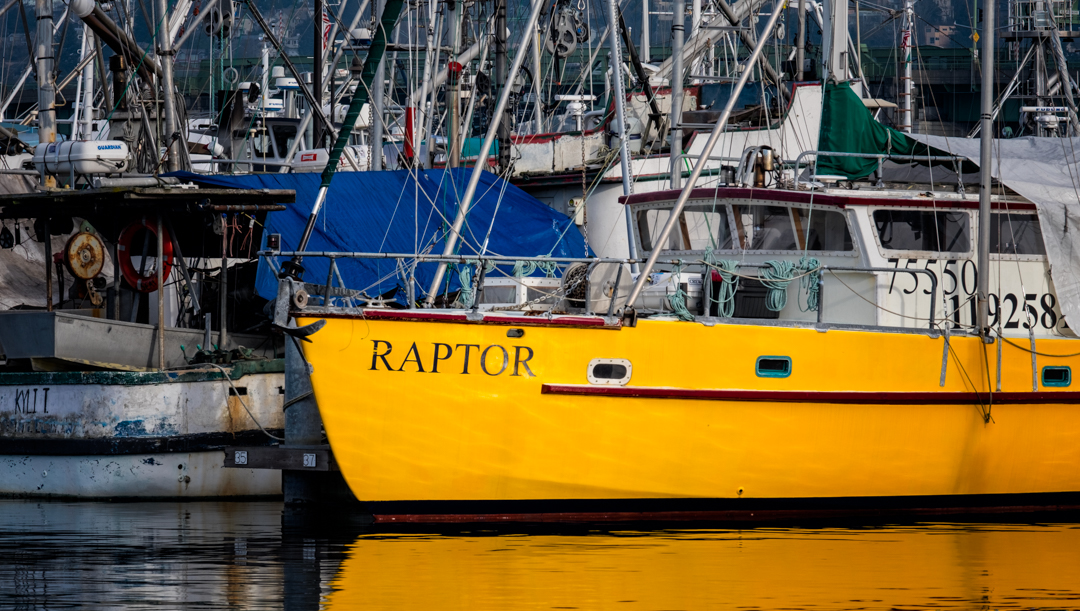
199mm (in 35mm film) 1/50 sec, f/11


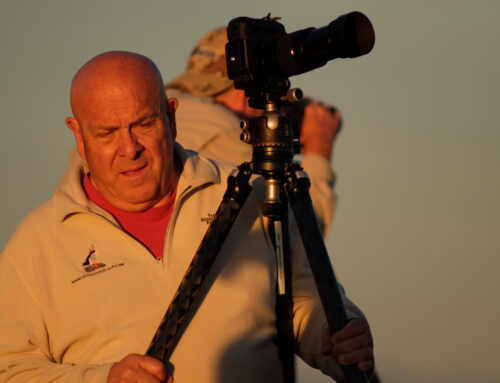
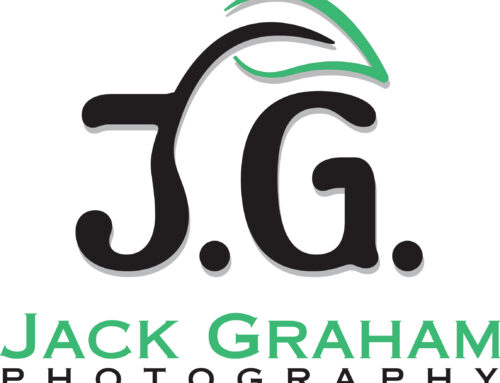
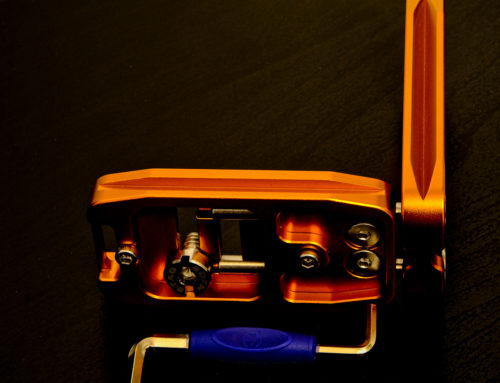


Hi Jack,
I just discovered your blog thanks to Bill Fortney’s review of this lens. Thanks for sharing your thoughts.
I agree with what you say about an F2.8 lens, but I also reckon that people wanting such lens are likely shooting sports, which come with its own set of constraints
On the other hand, I do have one remark of my own regarding the specs. I wonder what this lens would look light with a 200-400mm focal range. Lighter, smaller and cheaper at equivalent image quality? There is just so many lenses overlapping around the 100mm focal length, so another one was not needed in my opinion.
Thanks so much for this review – I wasn’t seriously considering this lens but your wonderful images have gotten me interested. I may need to take up wildlife photography just to justify this lens!!!
A small error in the review that pedants like me pick up – you’ve given the same focus range for both full and restricted settings.
Thanks again,
PixelAngst
Jack, what bag are you using to carry your gear? Adding the 100-400 has left my other bags a little wanting. Great review. I have used my 100-40@ for soccer and the images are sharp and timely. No complaints there either. It just required a little adjustment mentally from shooting with mirrored Canons.
Greg,
I talk about this ( recently revised) on my website under equipment—-thanks for your interest and for reading my blog… keep in mind its all just my $0.02!–JG
HERE is the link to my site